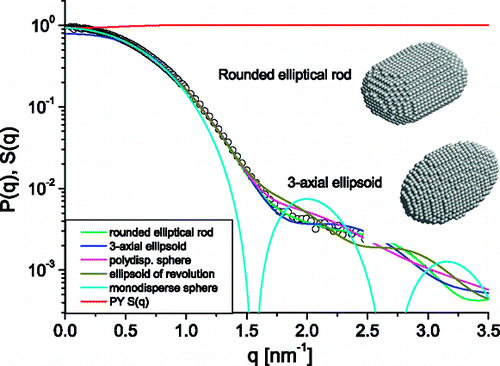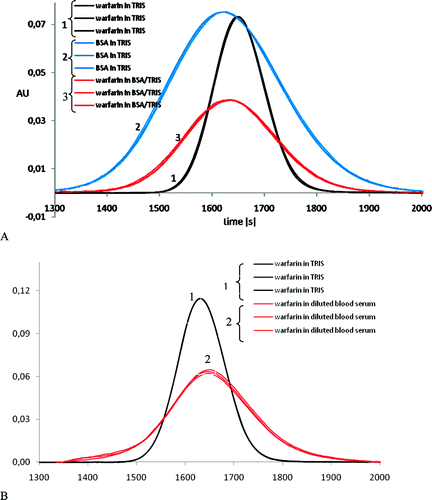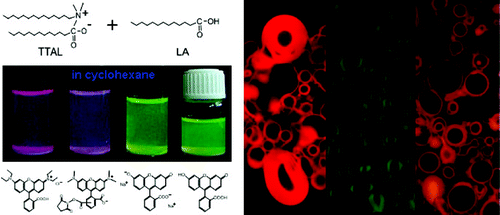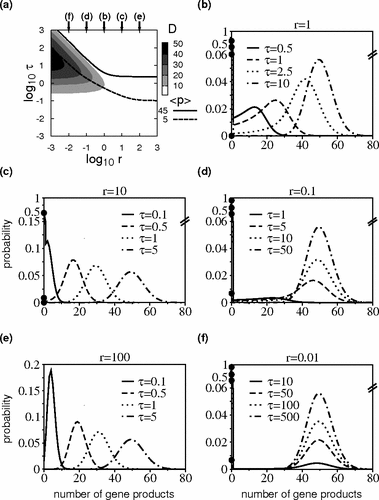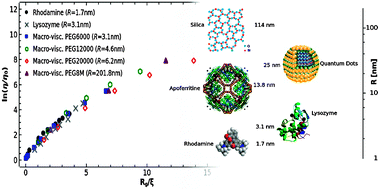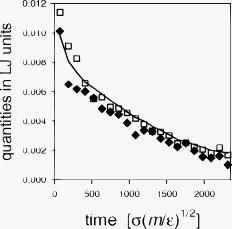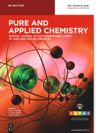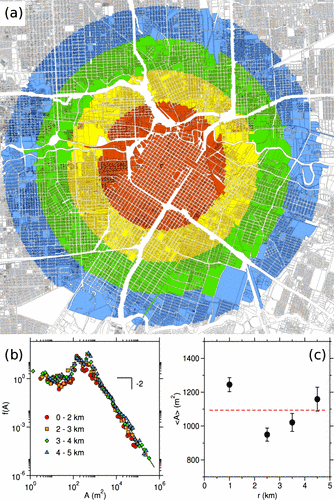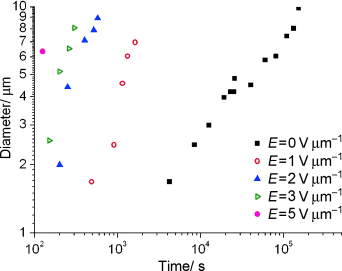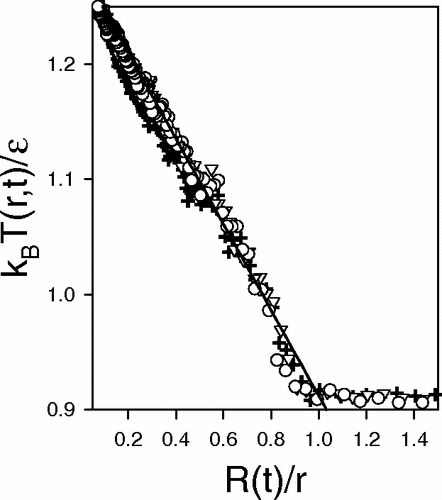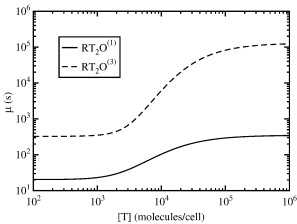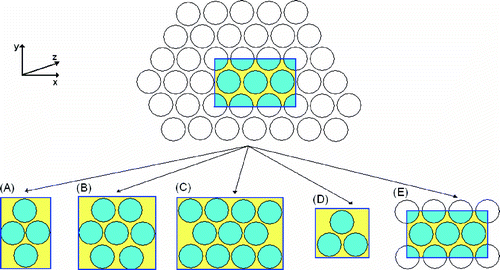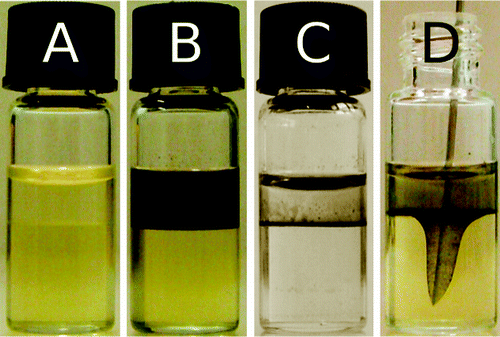
Single-Walled Carbon Nanotube/Lyotropic Liquid Crystal Hybrid Materials by a Phase Separation Method in the Presence of Polyelectrolyte
X. Xin, H. Li, E. Kalwarczyk, A. Kelm, M. Fiałkowski, E. Gorecka, D. Pociecha and R. Hołyst
Langmuir 2010, 26, 11, 8821–8828
We present a detailed study on the incorporation of single-walled carbon nanotubes (SWNTs) into lyotropic liquid crystals (LLC) by phase separation in the presence of polyelectrolytes. Two cases were studied in this work: (i) incorporation of SWNTs into the LLC phase formed by an anionic surfactant sodium dodecyl sulfate (SDS) in the presence of an anionic polyelectrolyte poly(sodium styrenesulfonate) (PSS); (ii) incorporation of SWNTs into the LLC phase formed by a cationic surfactant cetyltrimethylammonium bromide (CTAB) in the presence of a cationic polyelectrolyte poly(diallydimethylammonium chloride) (PDADMAC). The SWNTs/LLC composites were characterized by polarized optical microscopy (POM) observations and small-angle X-ray scattering (SAXS) measurements. In both systems, the surfactant phase was condensed into a hexagonal lattice by the polyelectrolyte within the investigated concentration range. Several factors that can influence the property of SWNTs/LLC composite were examined, including concentration of surfactants and polyelectrolytes and temperature. Aggregated SWNTs were not observed, indicating that SWNTs were well dispersed in the LLC phases. SAXS measurements showed the lattice parameter of the host LLC phase changed upon varying the mixing ratio of polyelectrolyte to ionic surfactant. The SWNTs/LLC hybrids showed considerable stability against temperature rise in both systems, and desorption of surfactant from SWNTs was not observed at higher temperature.

